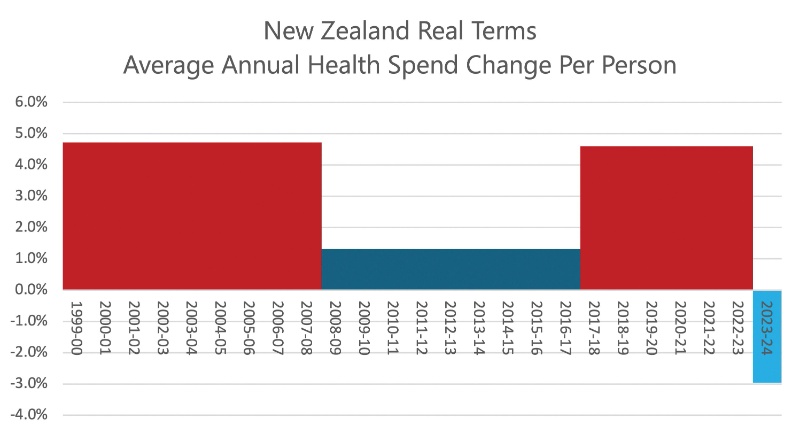Water quality in agricultural areas continues to decline
31 July 2013
Water quality in agricultural
areas continues to decline
Attempts to shift the blame for river pollution from intensive agriculture to cities and towns ignores the fact that urban streams comprise just one per cent of the length of New Zealand waterways, the Green Party said today.
The Green Party was responding to the Environment Minister Amy Adams and Federated Farmers President Bruce Wills’ efforts to shift the focus on the poor quality of many New Zealand rivers onto urban waterways.
“It’s the 99 per cent we should be most concerned about,” said Green Party water spokesperson Eugenie Sage.
“The science is clear, agricultural intensification and putting more animals and more fertiliser on the land causes water pollution.
“The Ministry for the Environment’s River Condition indicator report shows increasing nitrate levels at a quarter of all monitored sites. That is a time bomb given the severe health effects of nitrate and its link with blue baby syndrome,” said Ms Sage.
The report clearly links nitrate pollution with farming, “Higher concentrations generally occur on the lowland regions of the Canterbury Plains, Southland, Waikato, Hauraki Plains, Manawatu Plains and Taranaki. Most nitrate that enters our waterways is converted from ammonia (eg, in animal urine) by bacteria in soils.”
The Canterbury Medical Officer of Health has previously issued warnings about the dangers of continually increasing nitrate levels saying, “high nitrate levels in private and small water supplies in the Ashburton area were putting newborn babies at risk.”
“Macroinvertebrates or aquatic insects are the basis of the aquatic food web. Fish rely on them for food. More sites in agricultural catchments have decreasing Semi-quantitative Macroinvertebrate Community Index scores compared to urban catchments,” said Ms Sage.
“New Zealanders want to be able to swim in our rivers and streams without the risk of getting sick and without having to carefully check whether it’s been raining and the colour of the water.”
Further
information:
The report states that:
For total
phosphorus, “no monitoring sites in urban rivers exhibited
a deteriorating trend.”
For nitrates, “more pasture
sites exhibited a deteriorating trend than improving,
whereas more urban sites improved than
deteriorated.”
Relevant page of report: http://www.mfe.govt.nz/environmental-reporting/fresh-water/river-condition-indicator/nutrient/recent-trends.html
ends


 Gordon Campbell: On The Americanising Of NZ’s Public Health System
Gordon Campbell: On The Americanising Of NZ’s Public Health System NZ First Party: NZ First Introduces the “Conscience Acts Referendums Bill”
NZ First Party: NZ First Introduces the “Conscience Acts Referendums Bill” NZ Government: Unlocking Data To Increase Competition And Choice
NZ Government: Unlocking Data To Increase Competition And Choice Lawyers for Climate Action: National MP’s Bill Raises Environmental And Constitutional Concerns
Lawyers for Climate Action: National MP’s Bill Raises Environmental And Constitutional Concerns LGNZ: Strong Community Voice Vital For RMA Reforms
LGNZ: Strong Community Voice Vital For RMA Reforms NZ Police: Gang Conflict Warrant Issued Following Tairāwhiti Gang Tensions
NZ Police: Gang Conflict Warrant Issued Following Tairāwhiti Gang Tensions Green Party: Greens Question Govt Commitment To Environmental Protection With RMA Reform
Green Party: Greens Question Govt Commitment To Environmental Protection With RMA Reform


